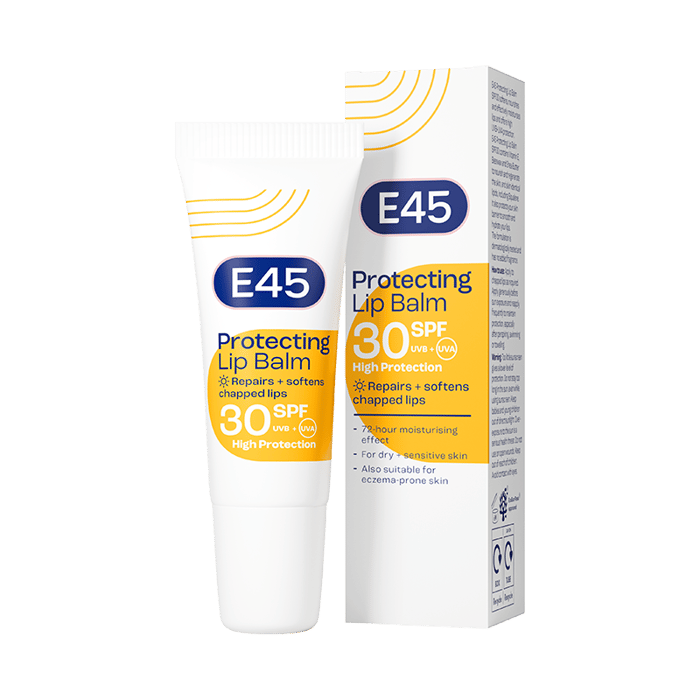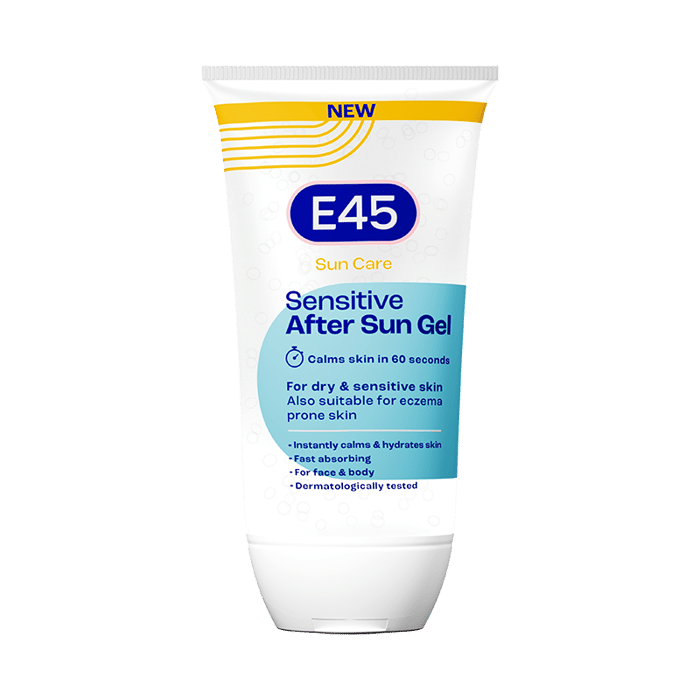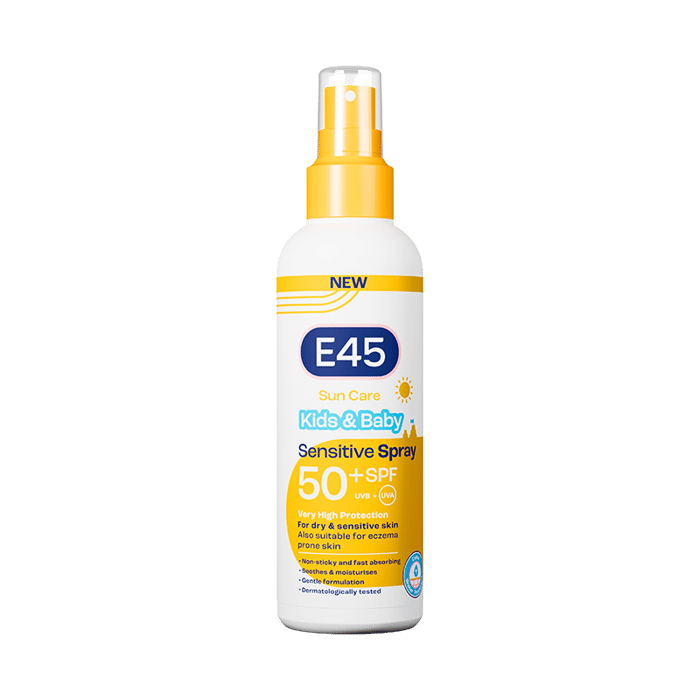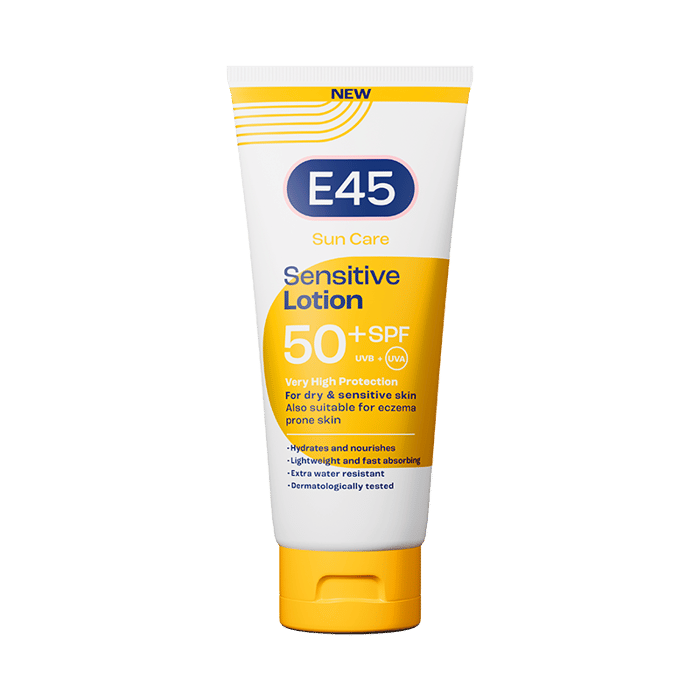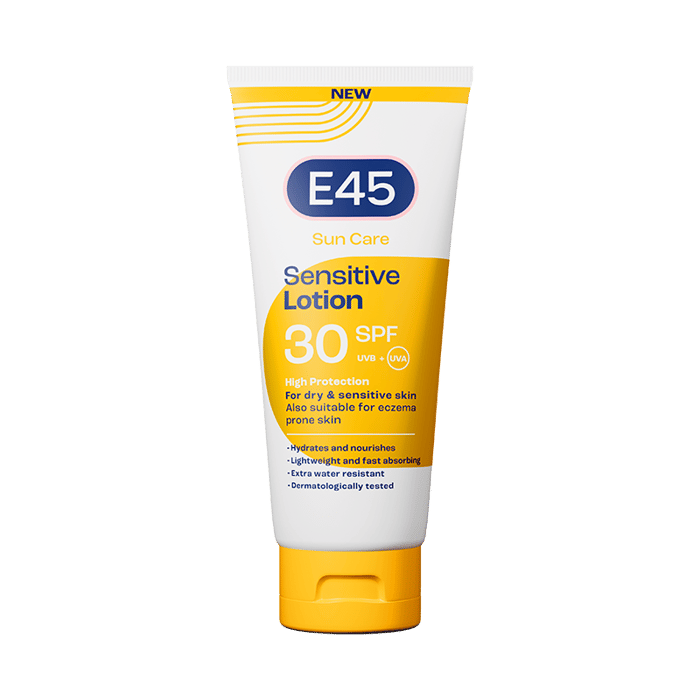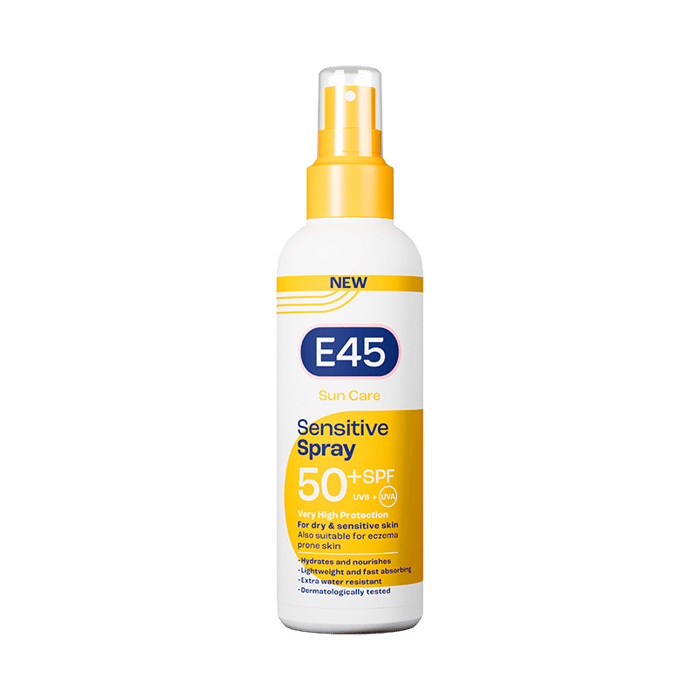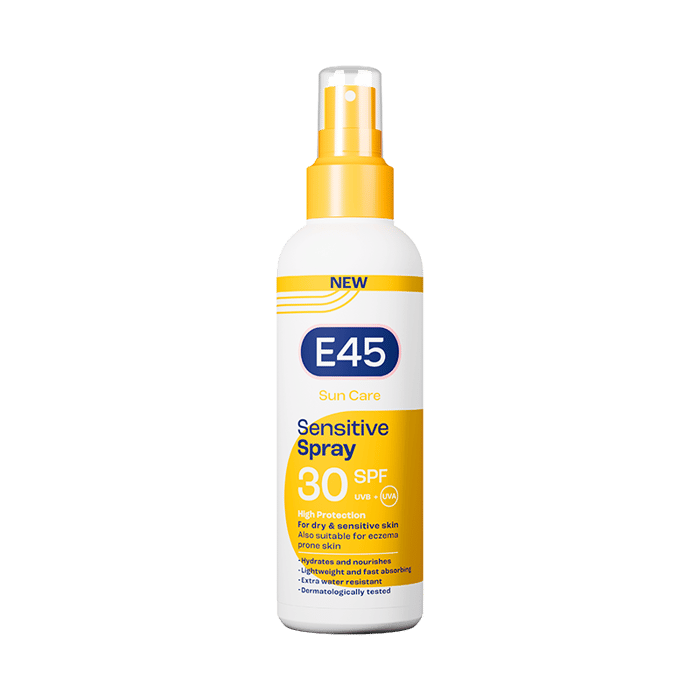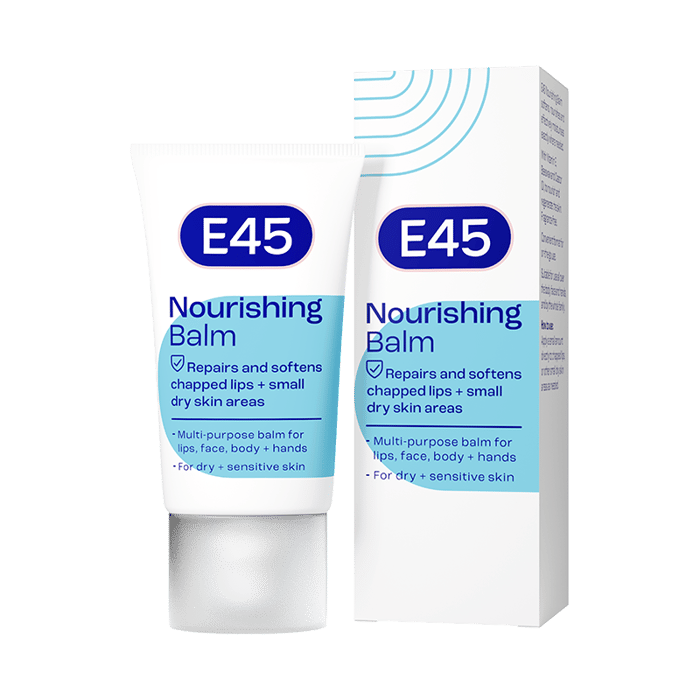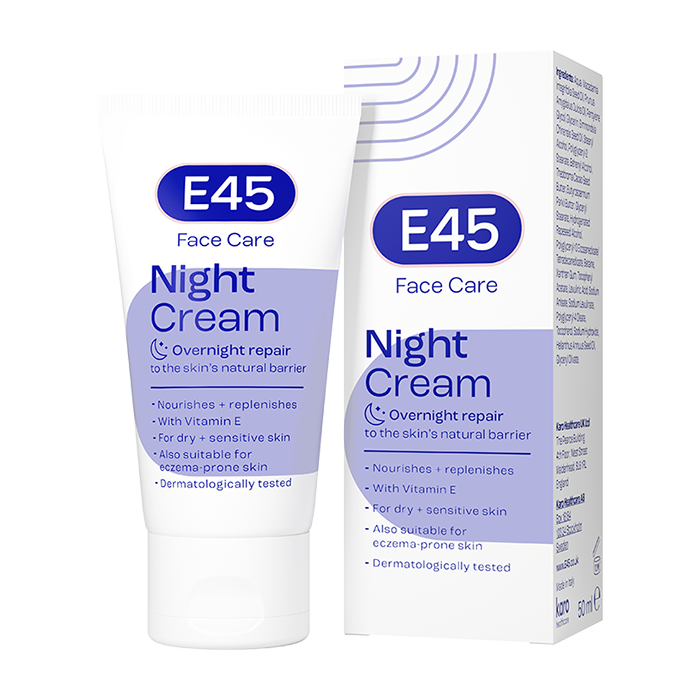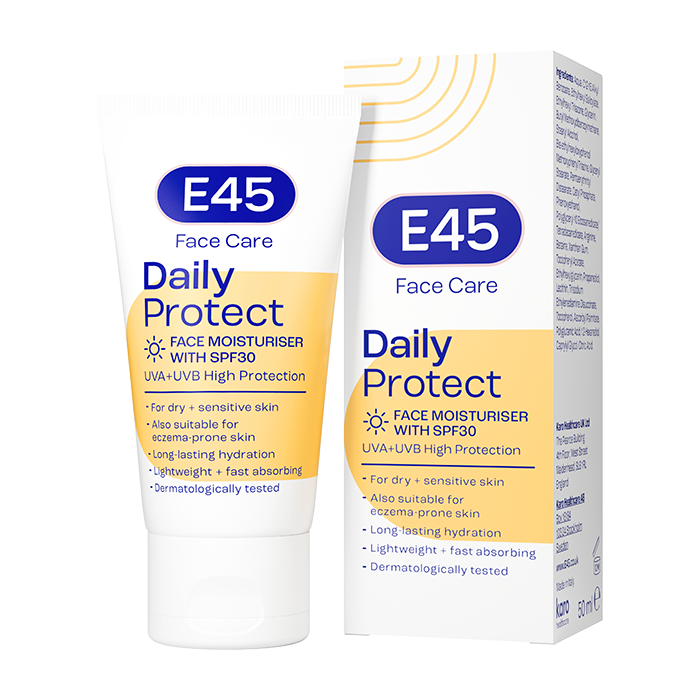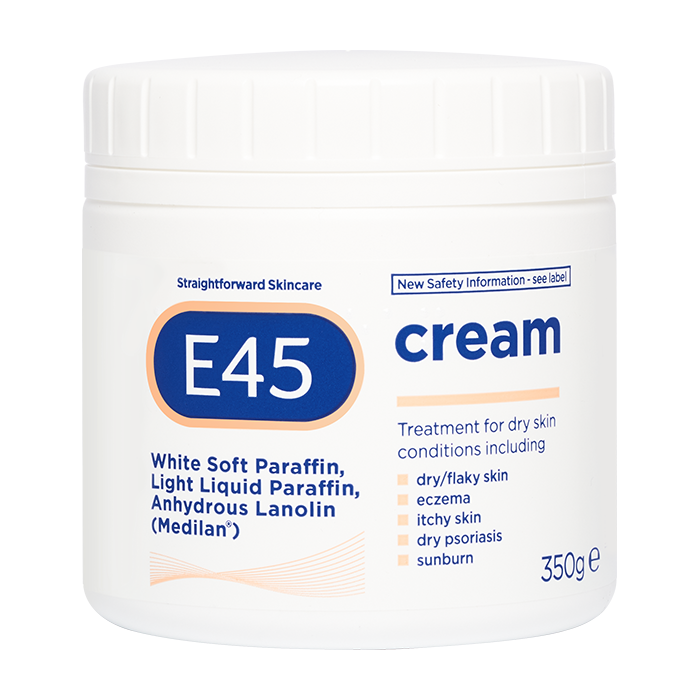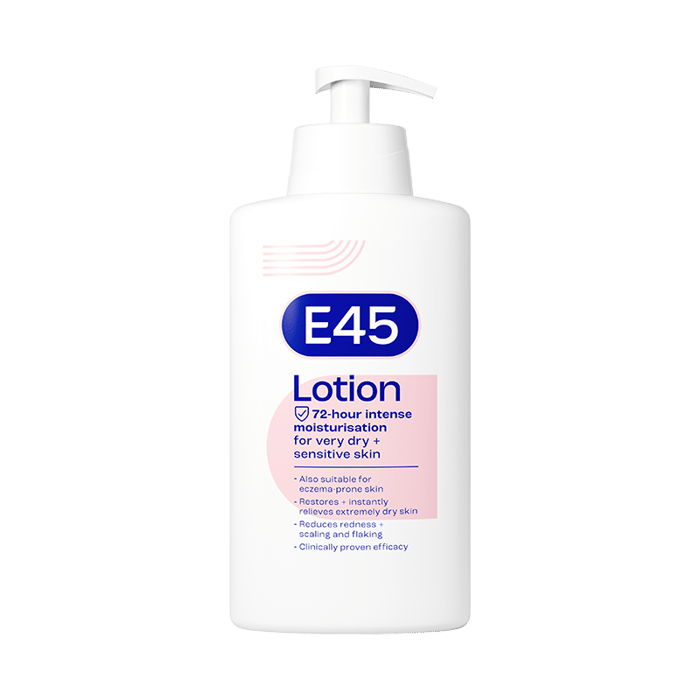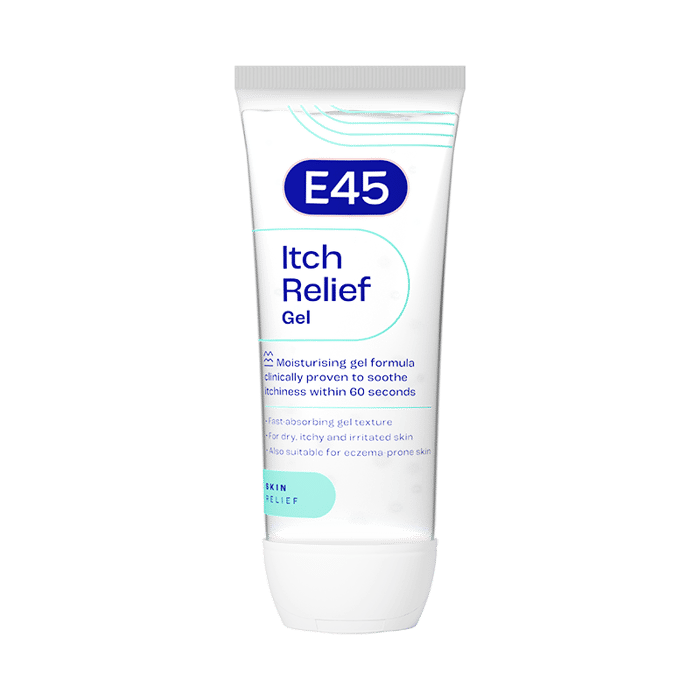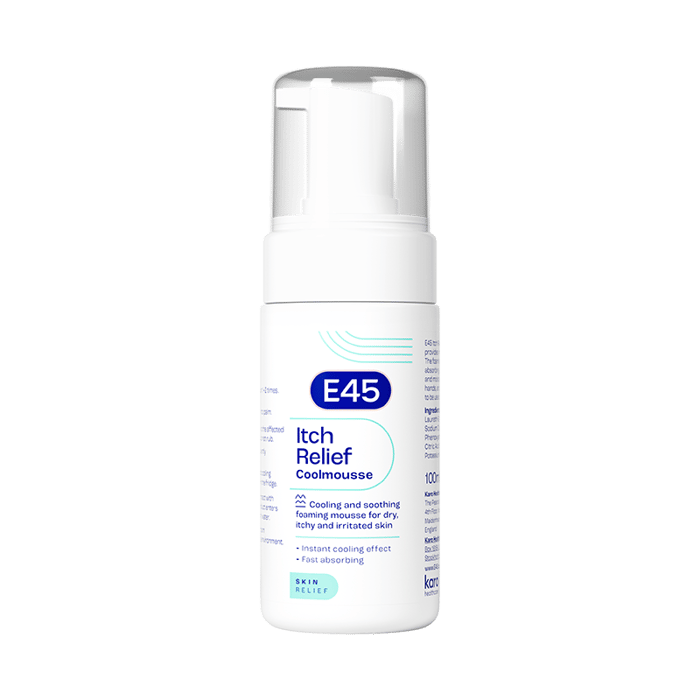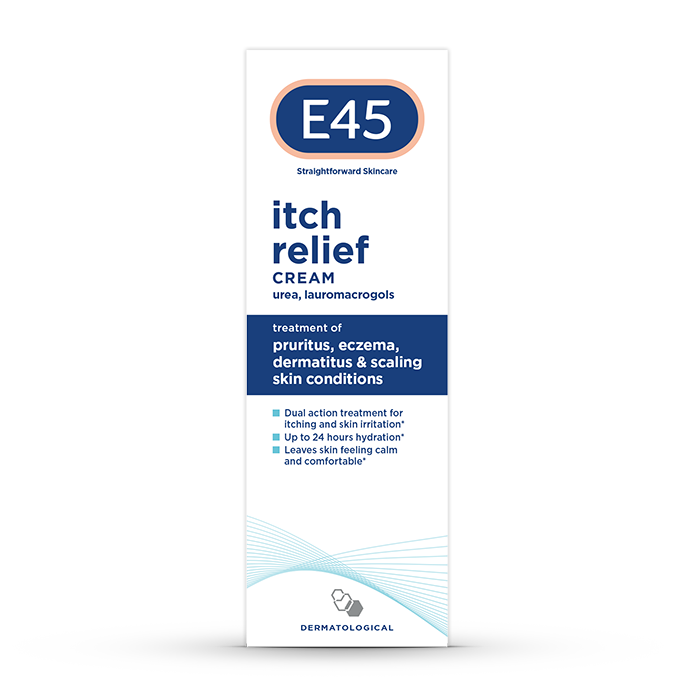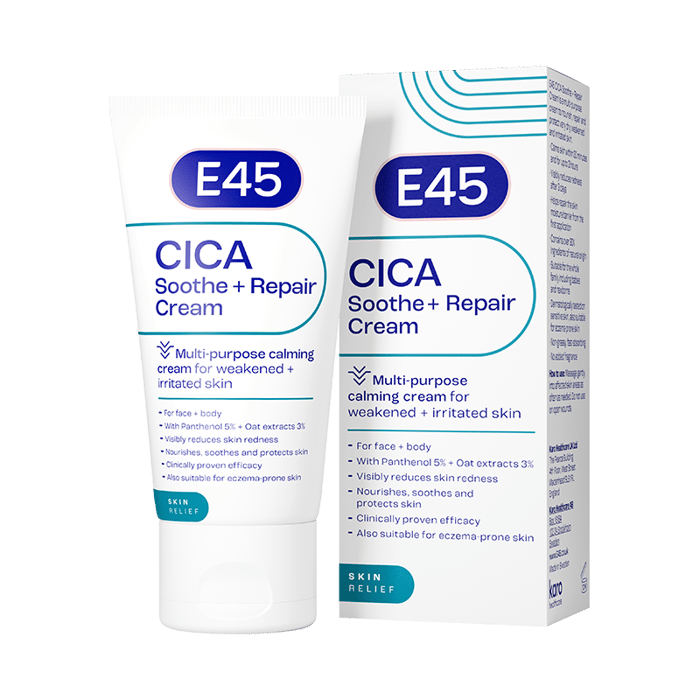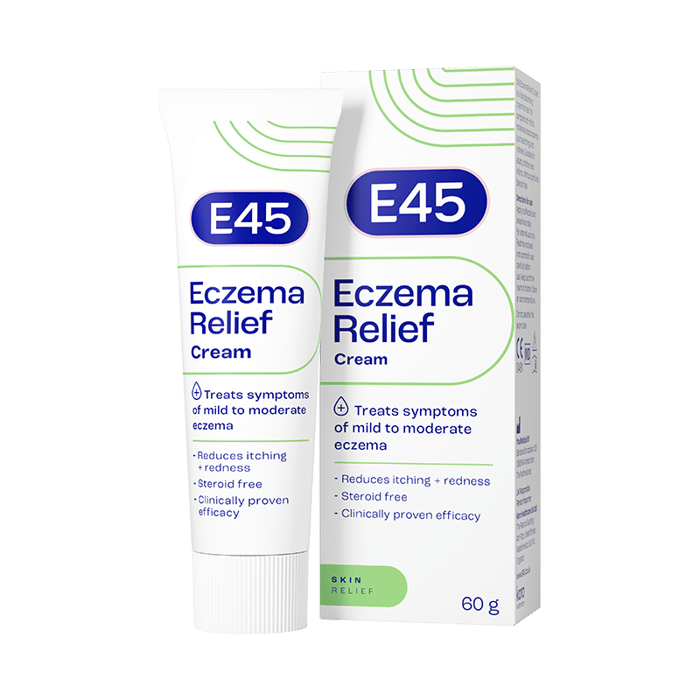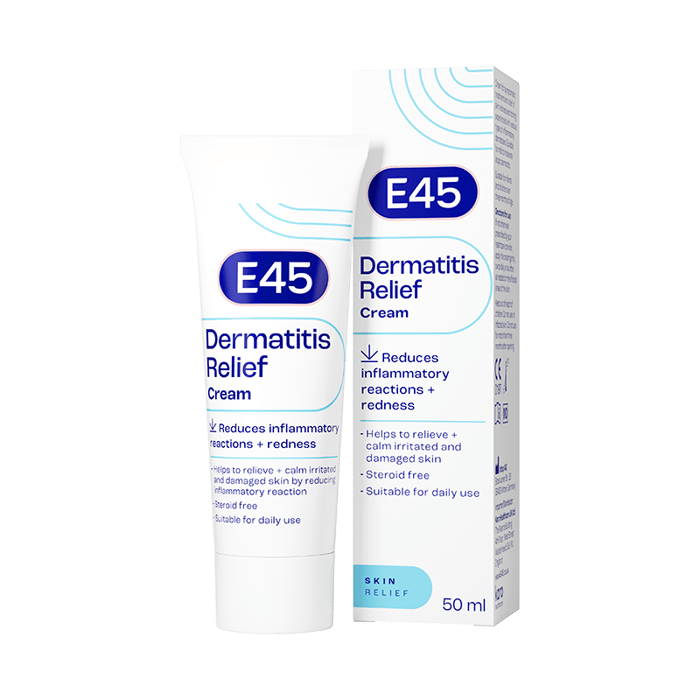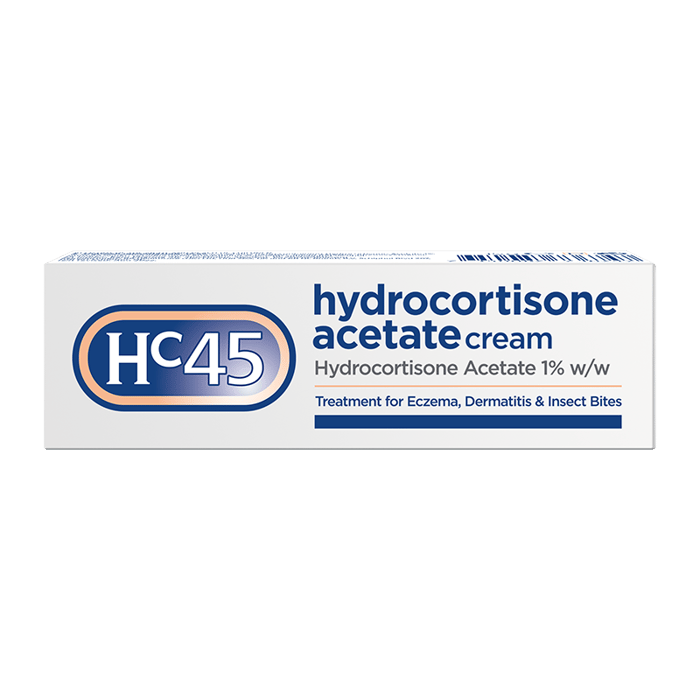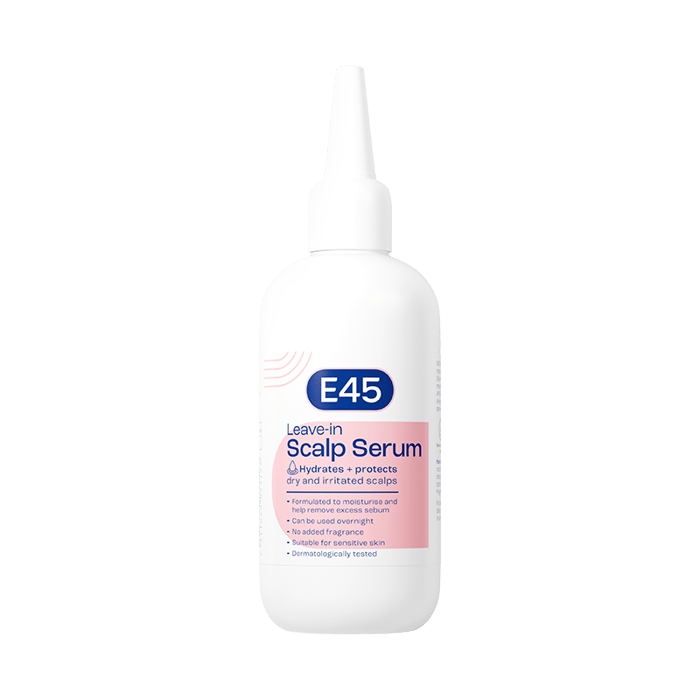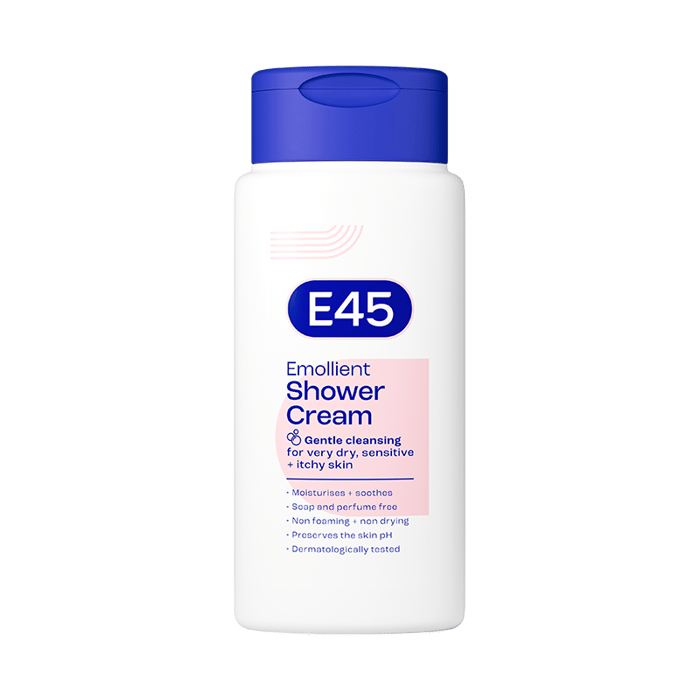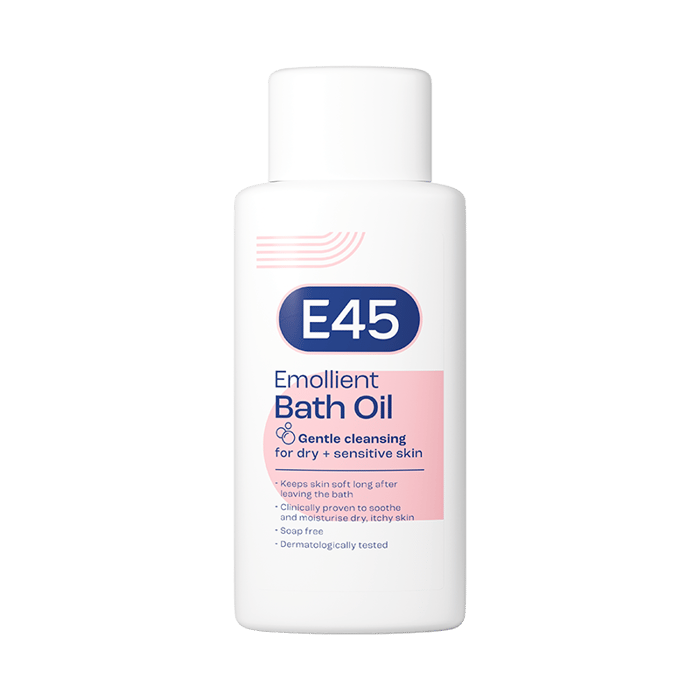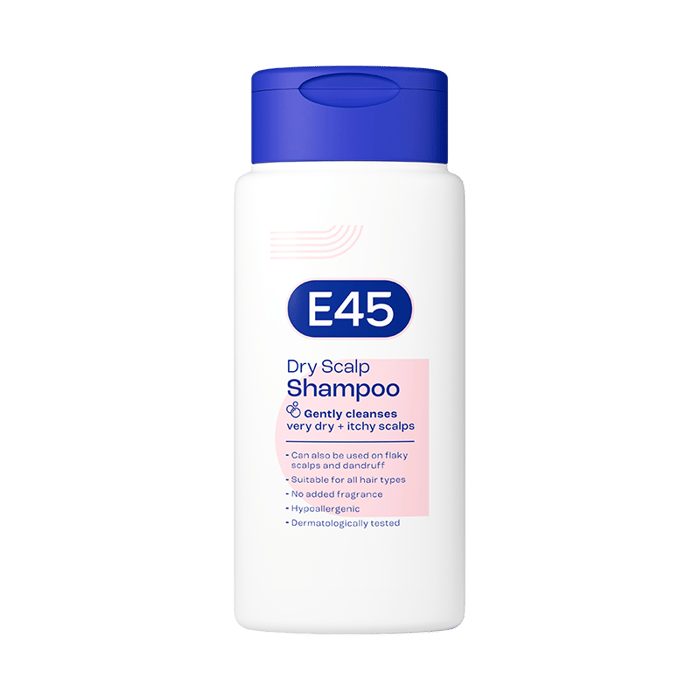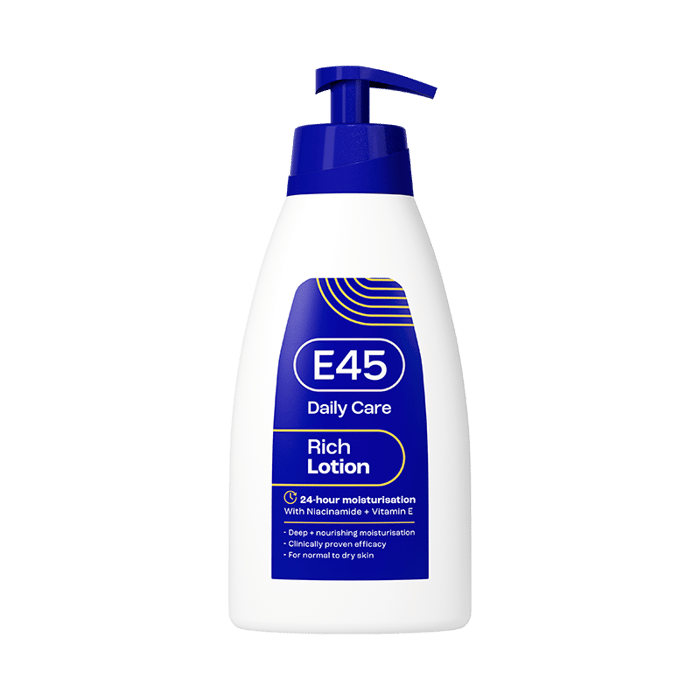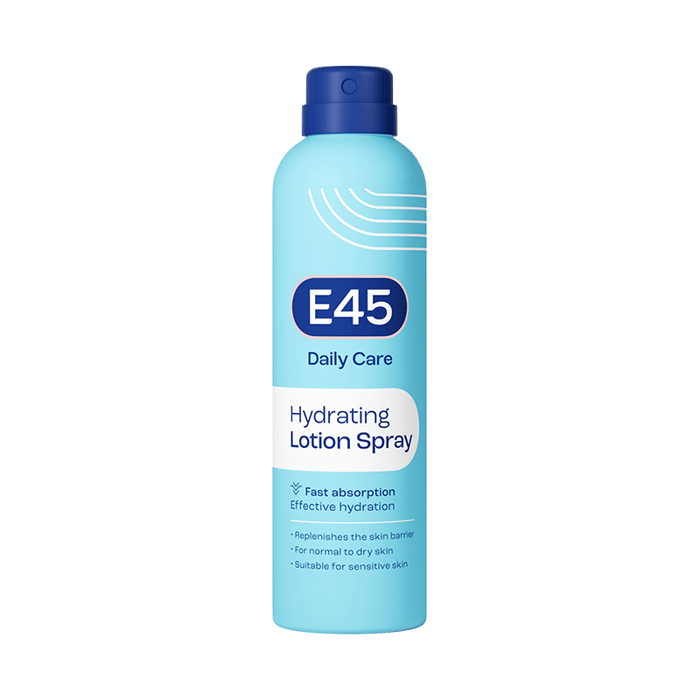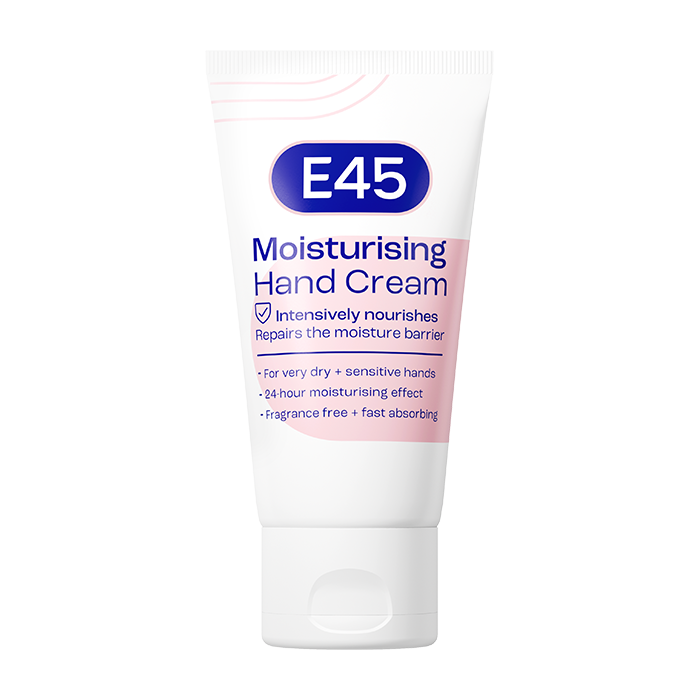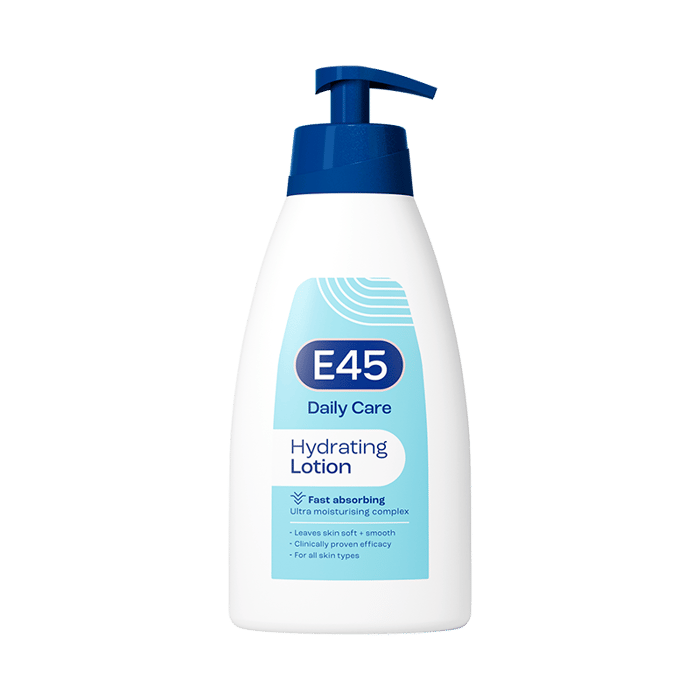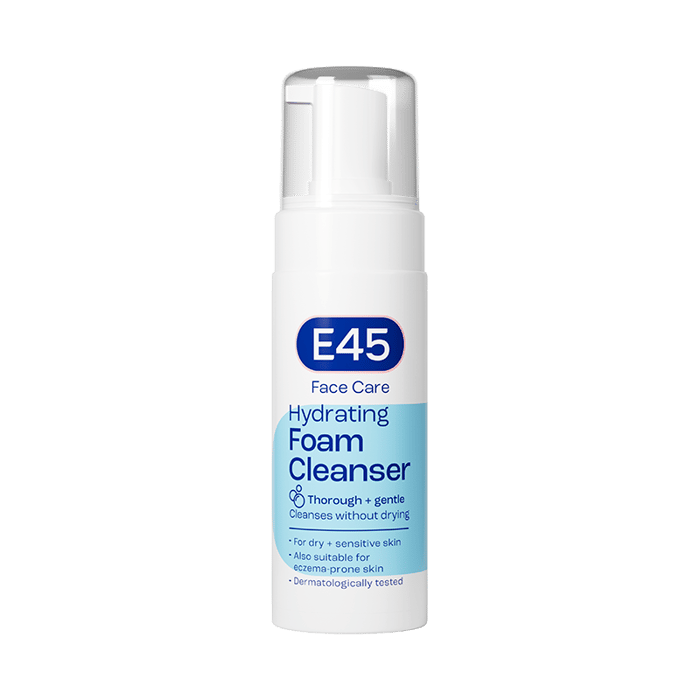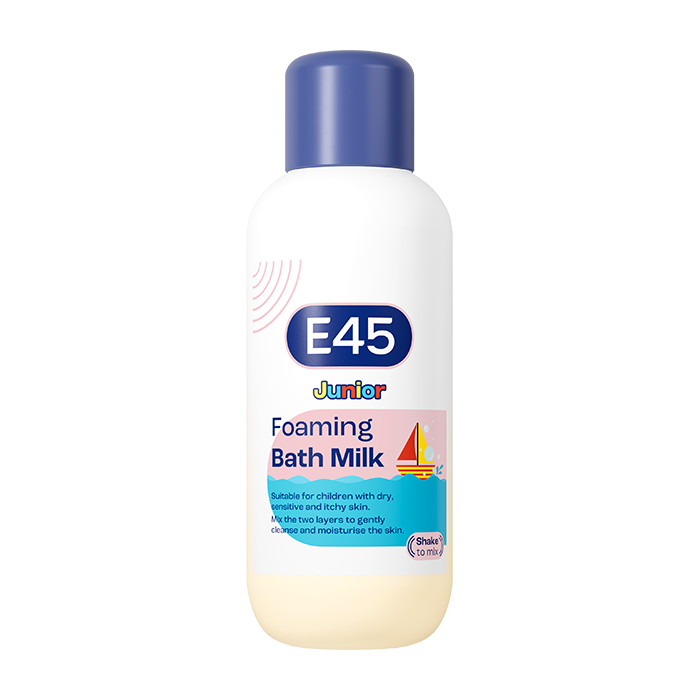What Is an Emollient and What Is It Used For?
Emollients are efficacious moisturising treatments that help keep the skin feeling soft, smooth, and hydrated. They work by forming a protective layer on the skin’s surface, locking in moisture, and preventing dryness. Often found in creams, lotions, ointments, and even shower gels, emollients are key in caring for dry and sensitive skin. Whether you’re looking to manage a skin condition or simply keep your skin feeling comfortable, emollients can be a helpful addition to your skincare routine.
What are The Different Types of Emollient?
Emollients are key in a complete skincare routine, helping to soothe, hydrate, and protect the skin’s natural barrier. They can be used for various skin conditions or simply to keep your skin feeling smooth and moisturised. There are several types of emollients, each designed to suit different skin types and needs. Below, we’ll explore some of the most common forms.
Emollient Creams
Using an emollient cream can be particularly beneficial for people with skin conditions like eczema or psoriasis. They are typically light and non-greasy, making them suitable for everyday use and continue to be one of the most popular emollient options. These creams work by creating a protective barrier on the skin, helping to lock in moisture and prevent dryness, making them especially helpful for those with sensitive skin. They come in various formulations and formats, allowing you to find one that best suits your skin’s unique needs.
Learn more about managing dry skin and other skin conditions in our guided article about dry skin.
Emollient Shower Gel
Emollient shower gels are designed to gently cleanse the skin without stripping away its natural oils. Using an emollient shower gel can be helpful for those experiencing dry or sensitive skin, as it adds a layer of moisture, even while you wash. Products like our E45 Emollient Shower Cream ensures your skin stays hydrated even during showers, unlike some regular soaps that can sometimes dry out the skin.
Ointments
Ointments are the thickest and most occlusive type of emollient. They are generally oil-based and provide an intensive barrier that locks moisture into the skin. Ointments can be beneficial for individuals with severely dry skin or skin conditions like eczema. They are best applied at night or on specific areas where the skin is extremely dry or cracked.
How to use Emollients
Knowing how to use emollients effectively can make a positive difference in your skincare routine. Here are some practical tips!
Choosing the Right Emollient for Your Skin Type
Finding the right emollient for your skin is key to improving your skin’s hydration and overall condition. If you have oily or acne-prone skin, a lighter emollient cream or gel may be more suitable. For very dry or cracked skin, an ointment or thick cream might provide the needed relief. For those dealing with specific skin conditions, consider seeking advice from a healthcare professional to find a tailored solution.
How to Apply Emollient to Your Skin
Applying emollients correctly can help maximise their benefits. To get the most out of your emollients, apply them to clean, slightly damp skin. After washing or bathing, gently pat your skin dry, leaving a bit of moisture, then apply the emollient in the direction of hair growth. Avoid rubbing too vigorously, as this can irritate the skin, especially in sensitive areas.
Choosing the Right Emollient for Your Skin Type
How often you apply an emollient can depend on your skin’s needs. For dry skin conditions, applying emollients 2 to 3 times a day can be helpful. If your skin is feeling particularly tight or itchy, a reapplication might provide instant relief. Daily use of emollient washing products like E45 Emollient Bath Oil can also be incorporated into your routine to maintain hydration.
Combining Emollients with Other Products
Emollients can be safely combined with other skincare products. However, it’s helpful to layer them properly. Apply emollients as the last step of your routine after other treatments, such as topical creams or serums, to lock in moisture. If you’re managing a skin condition, a healthcare professional can provide guidance on how to best incorporate emollients into your routine.
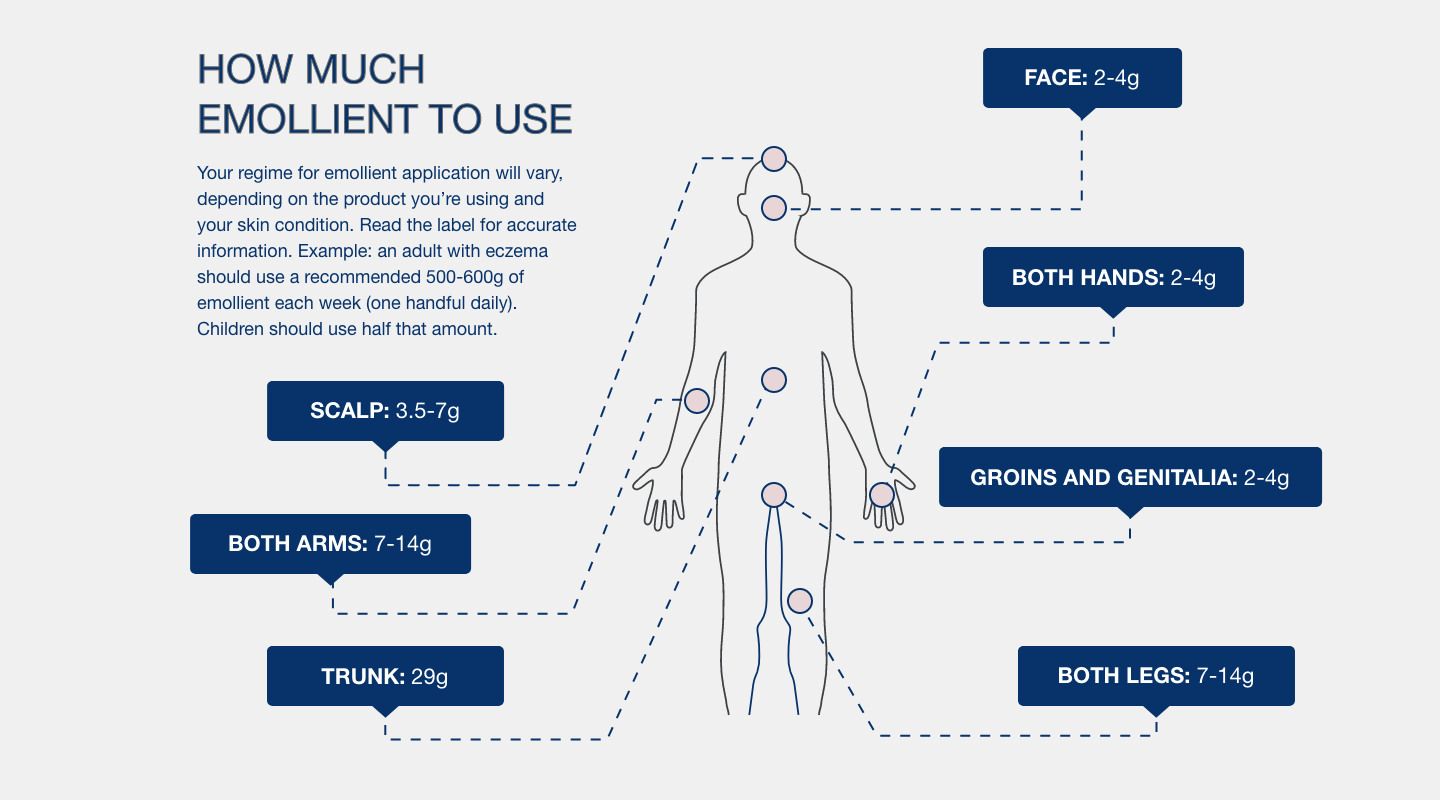
Emollients for Specific Conditions
Emollients can be beneficial for a variety of skin conditions. Here’s a closer look at how they can help.
Emollients for Eczema
Eczema is often unfortunately accompanied by dry, itchy, and inflamed skin. Using emollients regularly can help soothe the skin, reduce dryness, and minimise flare-ups. Find out more about how to care for eczema-prone skin.
Emollients for Dermatitis
Dermatitis can cause redness, irritation, and flaky skin. Applying an emollient cream daily can help manage these symptoms by providing a protective layer and keeping the skin hydrated. Find out more about managing dermatitis.
Emollients for Psoriasis
For those dealing with psoriasis, emollients can aid in softening and smoothing the raised patches of skin. Regular use can help to reduce itching and flaking, helping the skin feel less irritated and smoother. Find more information on how to care for psoriasis-affected skin.
Emollients for Ichthyosis
Ichthyosis is a condition that causes the skin to become dry, thick, and scaly. Emollients, particularly ointments and thick creams, can help keep the skin moisturised and reduce scaling. Find out more about managing ichthyosis.
Where Can I Buy Emollients?
You can find a variety of emollient products at most local pharmacies and supermarkets. E45 offers a wide range of products, such as emollient creams, hand washes, bath oils and shower gels, tailored to different skin types and needs. You can also purchase E45 emollient products online for added convenience.
Conclusion
Emollients are an essential part of skincare, especially for those dealing with dry skin conditions like eczema, psoriasis, or ichthyosis. Choosing the right emollient for your skin type, applying it correctly, and incorporating it into your daily routine can help maintain hydration and improve skin comfort. If you’re looking for ways to enhance your skin’s health, exploring different emollients could be a helpful step in your skincare journey.
FAQ: Emollients
What does emollient mean?
An emollient is a substance that softens and moisturises the skin by forming a protective barrier, helping to prevent dryness and irritation.
What is an emollient cream?
An emollient cream is a moisturising product designed to hydrate the skin, providing a light, non-greasy layer that helps lock in moisture and soothe dry or sensitive skin.
What is emollient soap?
Emollient soap, often in the form of a body wash or shower gel, cleanses the skin while also adding moisture, preventing it from becoming dry or irritated like some regular soaps can.
What is the difference between a moisturiser and an emollient?
Moisturisers are products that hydrate the skin, while emollients are a type of moisturiser specifically designed to soften and protect the skin by forming a barrier that prevents moisture loss.
What is the difference between an ointment and emollient?
An ointment is a thick, greasy type of emollient that provides an intensive barrier for very dry or damaged skin, whereas emollients can come in lighter forms like creams or lotions.

